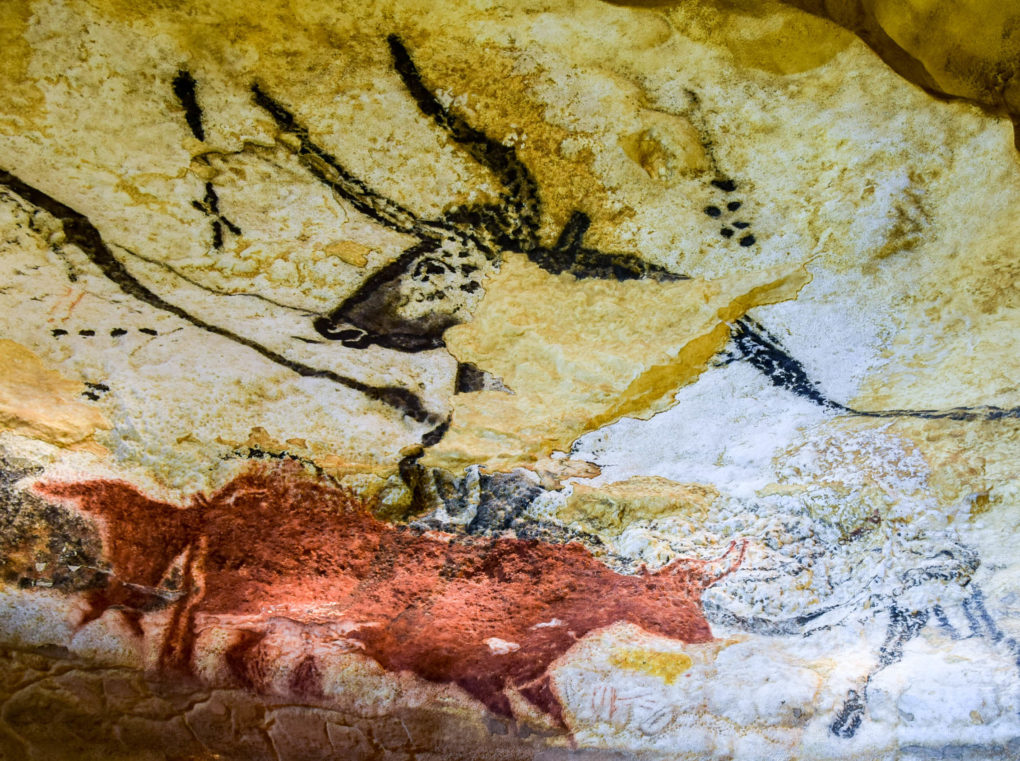
Why The New Stone Age Cave Paintings in France Are a Must-See
If ever there was a “once upon a time” story, this one about the discovery of the Lascaux stone age cave paintings in France is it.
Once upon a time, in the village of Montignac sur Vézère in southwestern France, Marcel and his dog, Robot, went for a walk. A typical dog, Robert spotted a rabbit and chased it down a hole. A typical boy, Marcel returned with three of his friends to explore. They dug around the hole and when they dropped into the grotto, their eyes opened wide.
This is what they found.
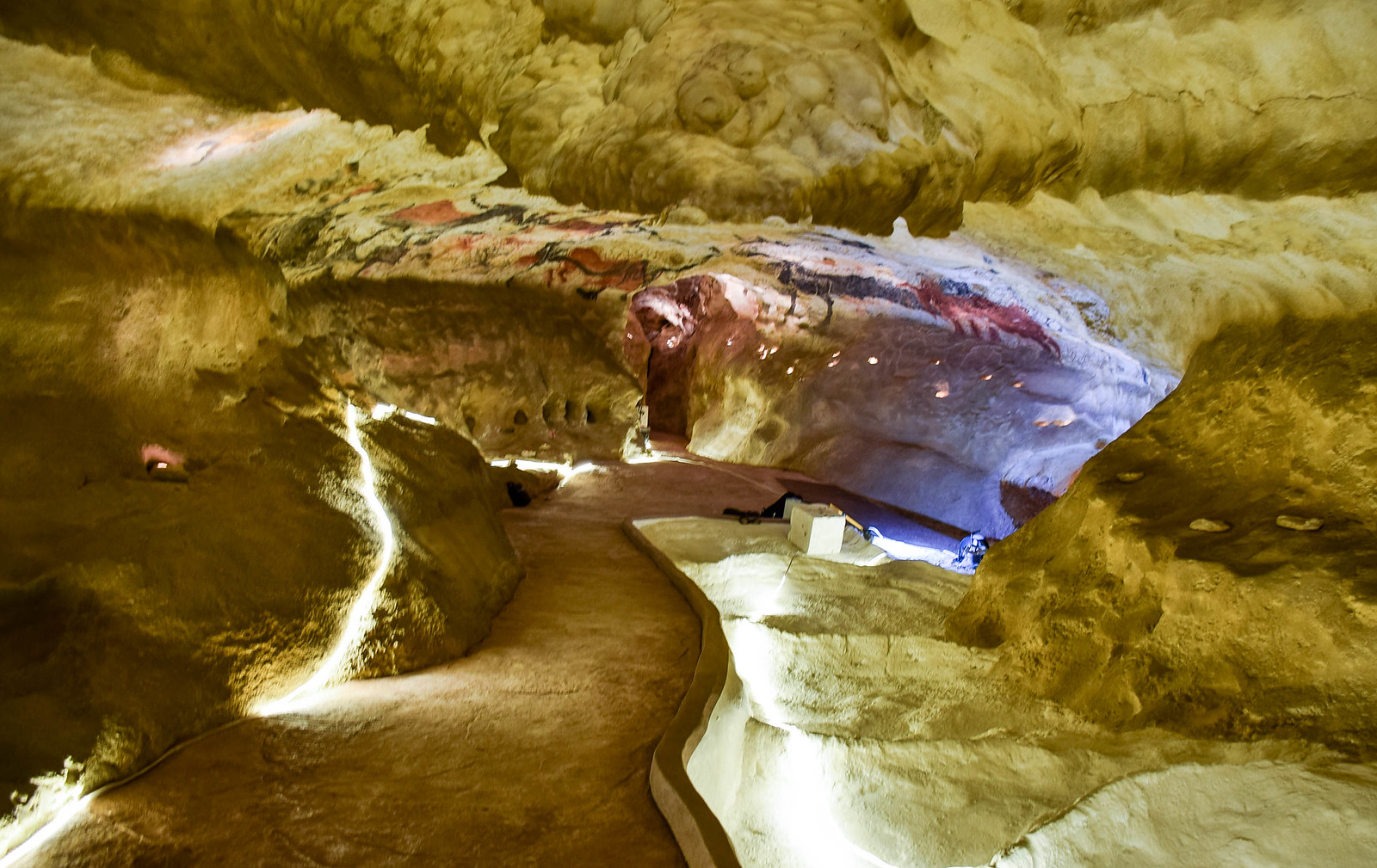
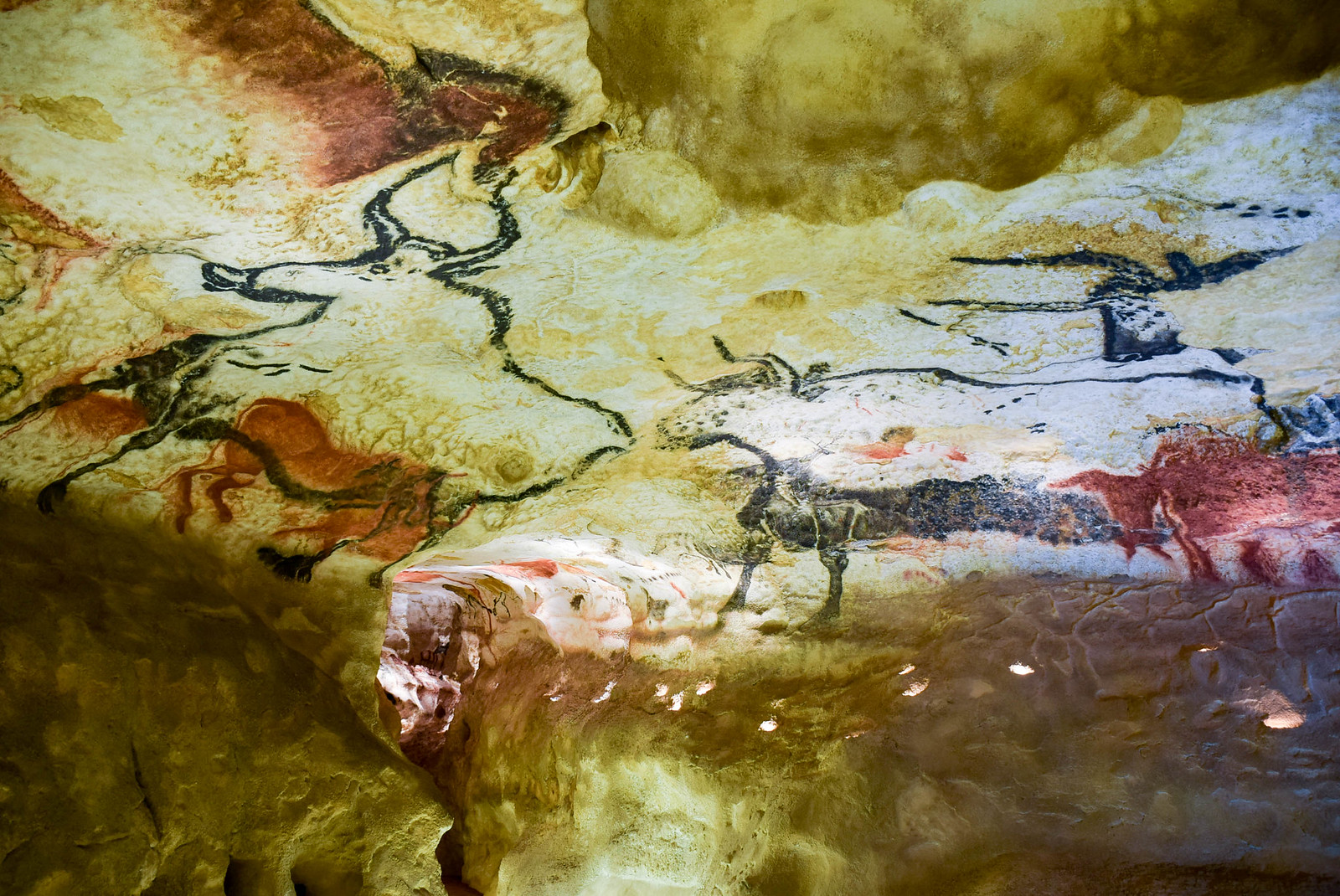
That was in 1940. Marcel and his friends (and Robot) had made one of the most significant archeological discoveries of the 20th Century – a network of underground caves decorated with paintings and engravings dating back over 18,000 years to the palaeolithic era.
Most of my knowledge of prehistory probably comes from the Flintstones. But on a visit to the Dordogne region of France, I learned that the Vézère Valley is known as one of the cradles of European civilization because it’s chock full of prehistoric sites. The term “palaeolithic” means “old stone age” because it was the time when our predecessors started using stone tools. It’s also when they began making art.
You don’t need to be an expert in prehistory or art to be fascinated by the 2000 stone age cave paintings on the walls of Lascaux. They are so striking that the local abbot and the first historian to examine the cave called it a “prehistoric Sistine chapel”.

The Evolution of Lascaux
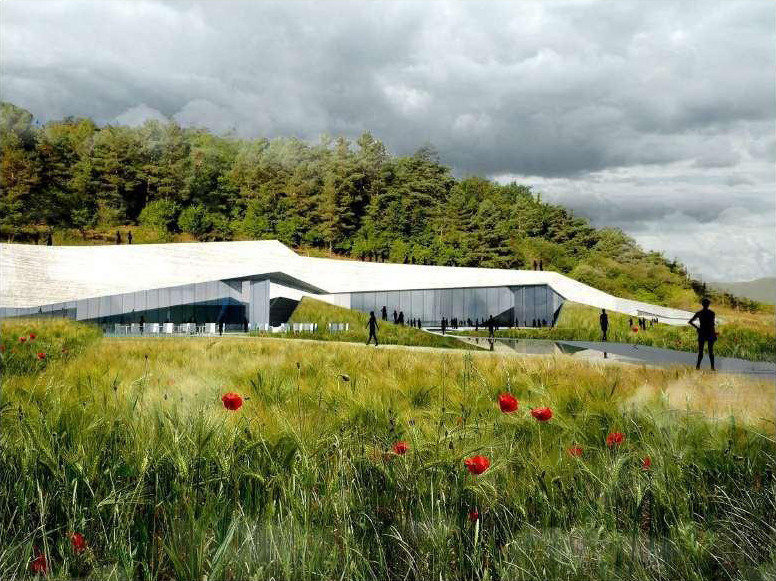
Graphic courtesy of the International Centre for Cave Art
To return to the story, the cave was opened to the public in 1948, after the war. That turned out to be a mistake. Visitors tracked in bacteria and their breathing created moisture in the air, leading to the growth of fungus and the deterioration of the paintings. To save this UNESCO World Heritage site, the cave was closed in 1963, and only a few scientists are allowed inside.
In 1983, a copy of a portion of the cave, known as Lascaux 2, was opened. Skeptics thought people wouldn’t be interested in a replica. But after the four boys said it looked exactly like the original, Lascaux 2 caught on. However, its close proximity to the original cave was still causing damage.
The solution? A new International Centre for Cave Art, known as Lascaux 4, which opened in December 2016. (In case you’re counting, number 3 was a traveling exhibition). It features a complete recreation of the original cave. It took four years and a team of 50 artists to reproduce every brush stroke of the original stone age cave paintings.
Book a half-day skip-the-line tour to Lascaux 4 from Sarlat
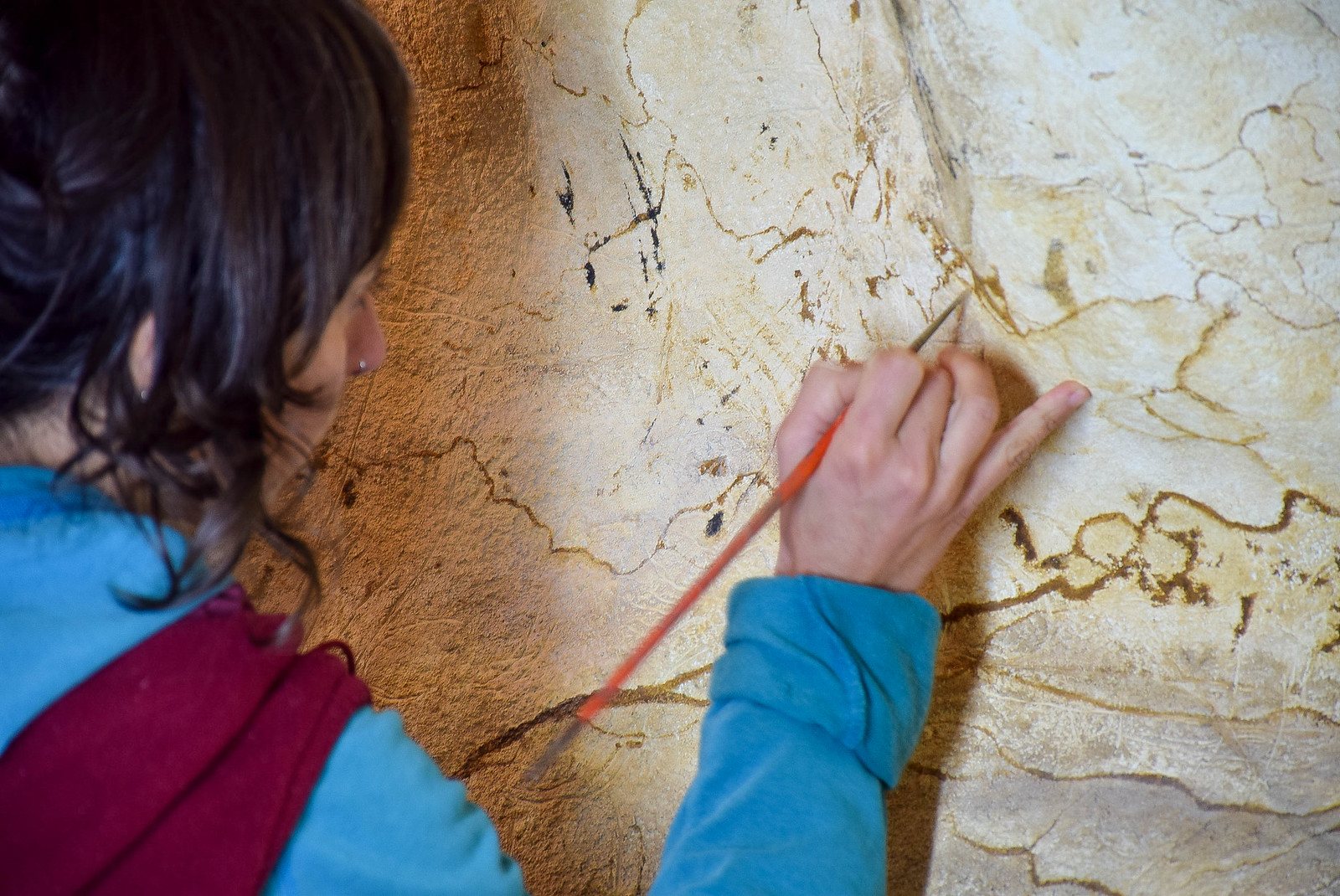
How they painted in the stone age
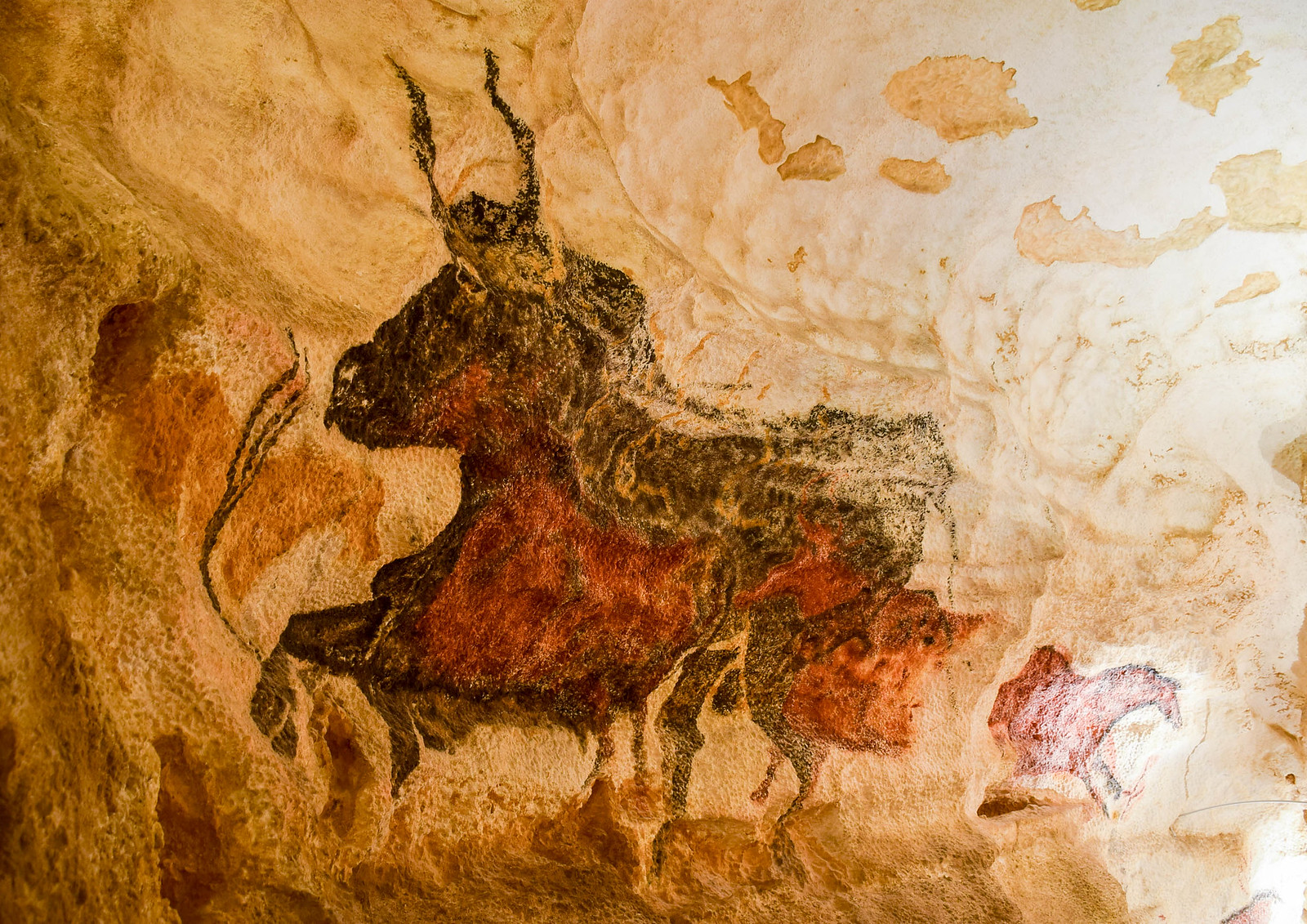
I tried to imagine how the stone age artists did it. The thing about caves is that they’re dark and stone age artists didn’t have smart phone flashlights on hand. They would have had to create these massive paintings one bit at a time using flame torches or tallow lamps. And they would have had to do it while standing on some kind of primitive scaffolding and painting the animal likenesses from memory.
The pigments were made from minerals, and experts say they were often sprayed on the wall to portray the fur on the animal images. Experts have lauded the Lascaux cave paintings for their complexity and vivid movement.
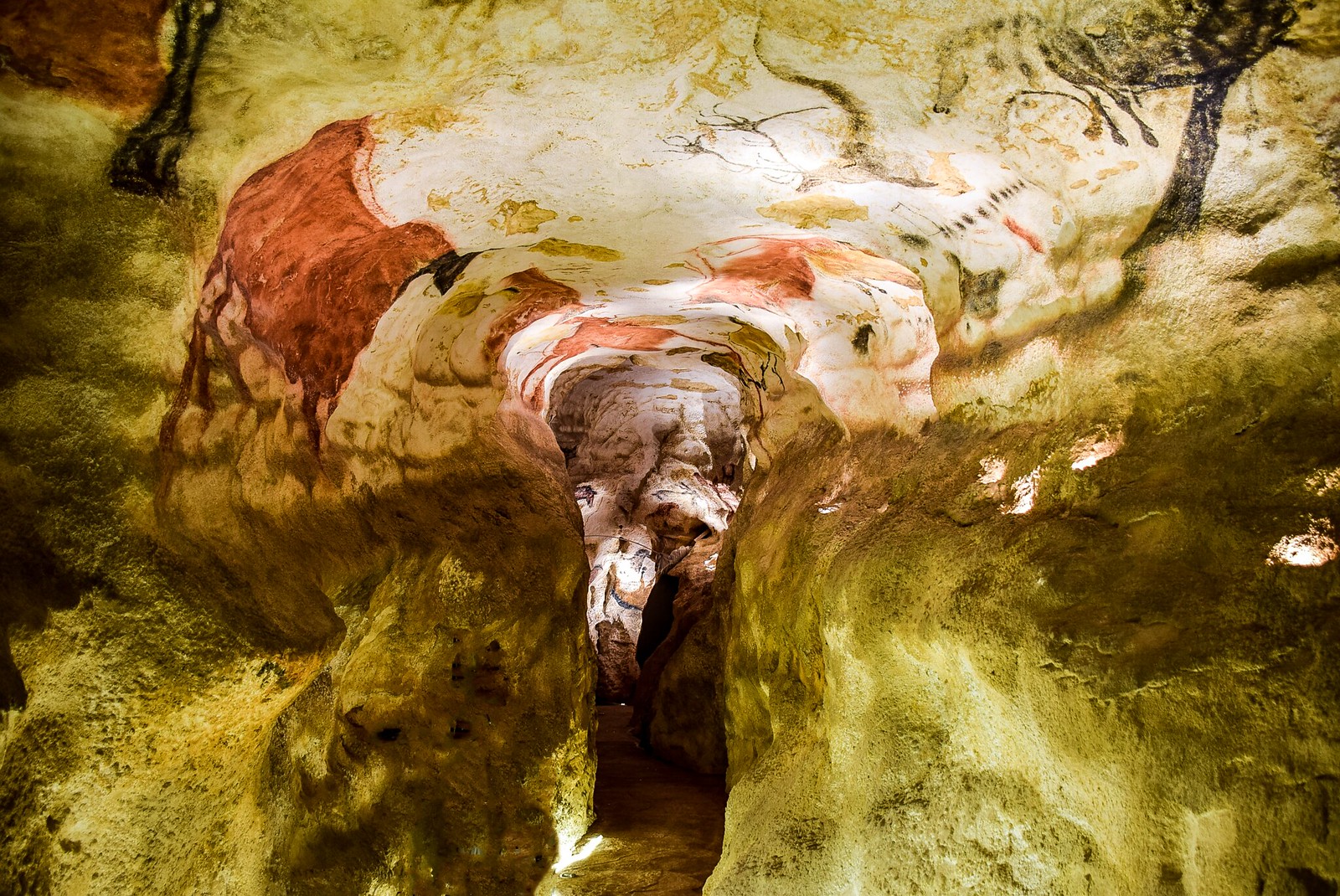
What does it mean?
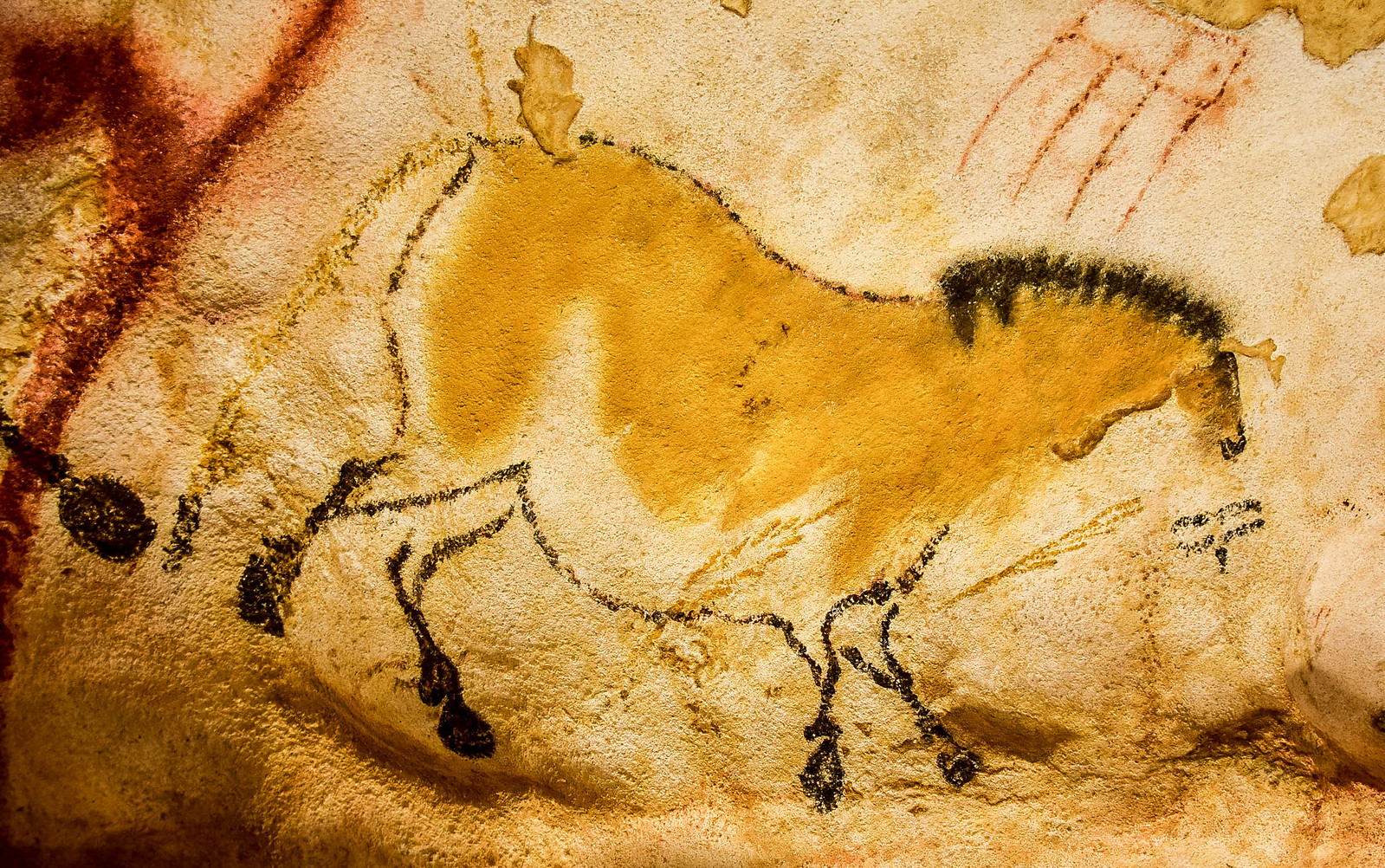
The truth is that Lascaux remains a mystery. I would have thought that palaeolithic people would have been too busy playing a real-life game of survivor to spend time making art. The prevailing theory of archeologists that it’s unlikely that the paintings were art “for art’s sake”. Experts believe the cave was not used as a shelter because they haven’t found any remains of household trash or fire. That’s why they think Lascaux, and its stone age cave paintings, was intended to be a spiritual sanctuary.
The significance of the discovery is that it changed ideas about the origins of art. Prior to the 1940s, it was thought that art got its start in ancient Greece and Rome. Now we know that it has much deeper, prehistoric origins.
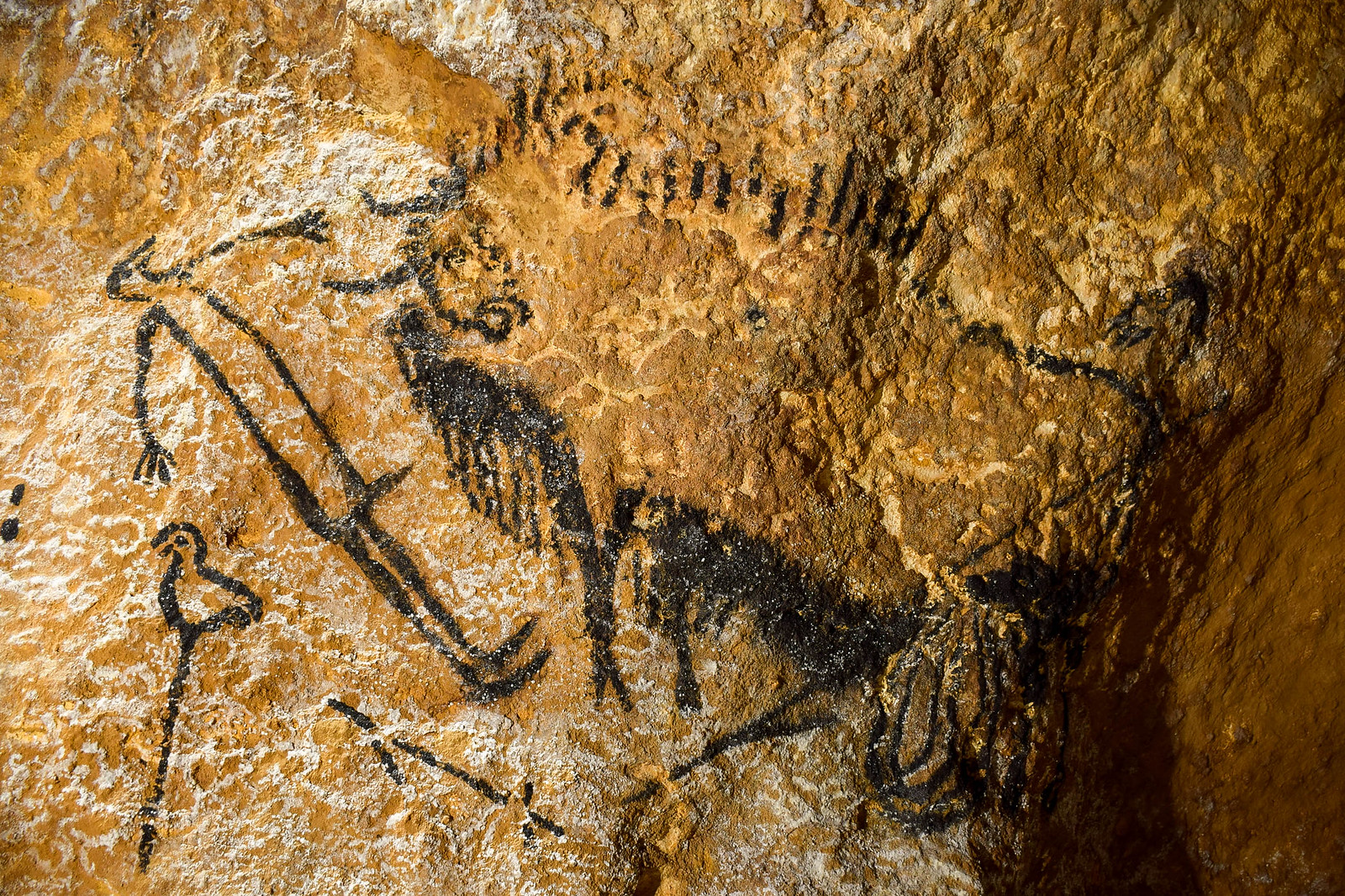
The only depiction of a human being in Lascaux.
Stone Age Cave Paintings in the Multimedia Era
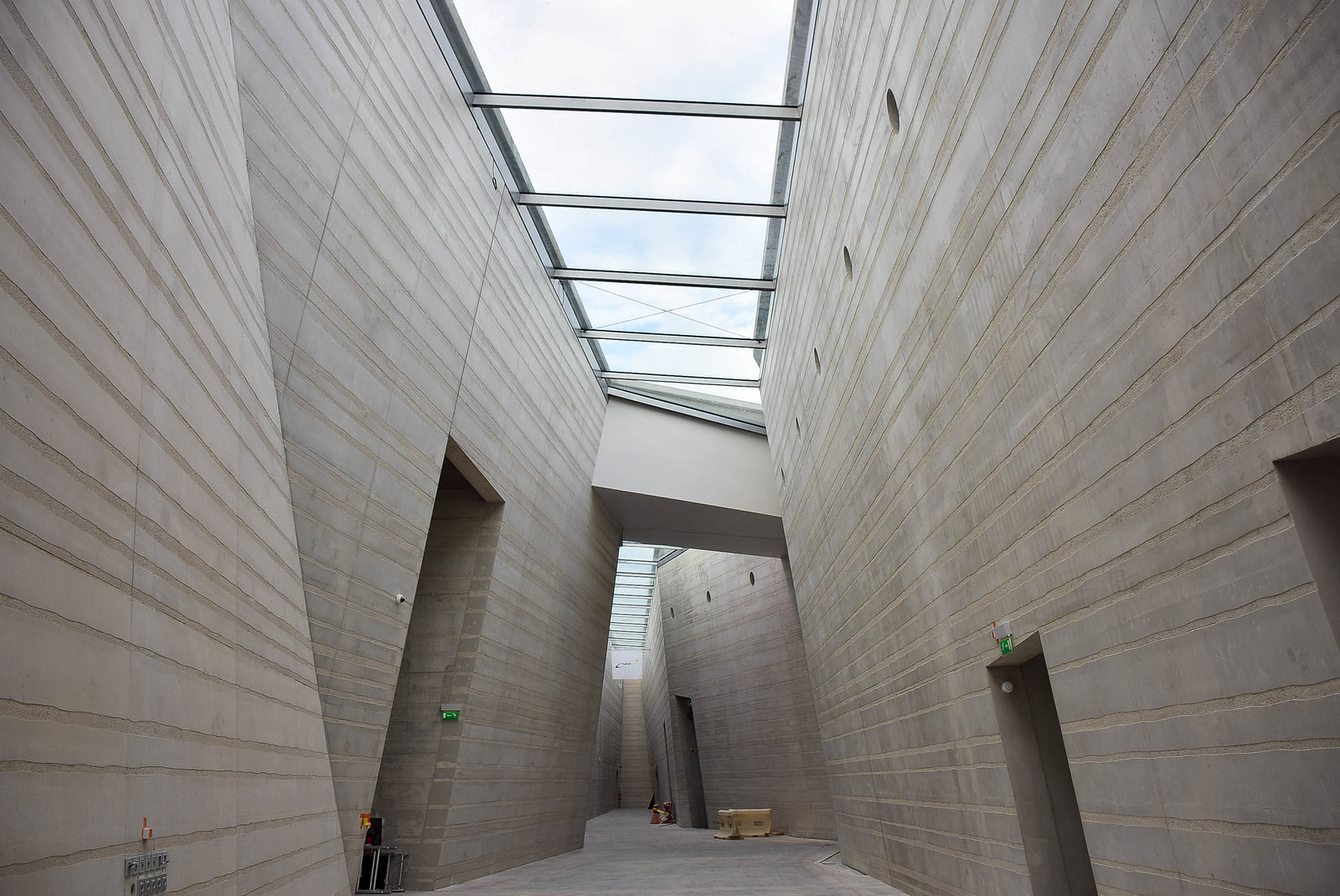
The stone age cave experience at Lascaux 4 is a thoroughly modern one. As I saw on a sneak peek before it opened, the 8000-square metre building features an uncluttered style and the latest digital tools.
All visitors will receive a computer tablet loaded with information about the displays. They can use the tablet to take photos and record information that interests them, and download it later.
Tours start on the rooftop for a view of the area where the four boys used to play. You’ll see a short film on what the landscape looked like when the paintings were created. You’ll then hear Marcel whistle for Robot the dog and images of the four boys will invite you into the cave where you’ll experience the same temperature and damp smell that the boys encountered in 1940.
After the tour

After the tour in the cave, visitors can get a closer view of painting replicas in the brightly lit Lascaux Workshop or stop in at the 3D cinema. The “Galerie de l’imaginaire” shows how cave paintings connect to contemporary art. In this interactive digital gallery, visitors can build their own exhibition with old and new works of art. As they say, everything old is new again. Indeed, after seeing the original Lascaux, Picasso said, “We’ve learned nothing since then!”
Lascaux 4 may be a replica, but it’s a work of art in its own right. It’s also the only practical way for the public to access the amazing discovery that the boys made once upon a time.
Thank you to the International Centre for Cave Art and Dordogne – Perigord Tourism Bureau for hosting my visit. My opinions are, as always, my own.
Pin it:
Where to Stay in a Castle Turret in France
8 Reasons Why I Fell for Sarlat, France
The Gourmet Paradise in France You Must Visit







How odd and fascinating that you can’t even visit the original paintings. I’ve seen other writers post about visiting them and never did they say that they are replicas. Well, bravo to France for the conservation effort AND successful replication.
Thanks Rob! It would be something to see the originals, but the replica is impressive on its own.